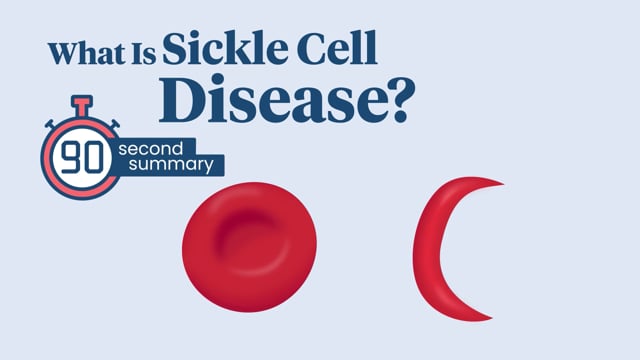- Parents Home
- Para Padres
- A to Z Dictionary
- Allergy Center
- Asthma
- Cancer
- Diabetes
- Diseases & Conditions
- Doctors & Hospitals
- Emotions & Behavior
- First Aid & Safety
- Flu (Influenza)
- Food Allergies
- General Health
- Growth & Development
- Heart Health & Conditions
- Homework Help Center
- Infections
- Newborn Care
- Nutrition & Fitness
- Play & Learn
- Pregnancy Center
- Preventing Premature Birth
- Q&A
- School & Family Life
- Sports Medicine
- Teens Home
- Para Adolescentes
- Asthma
- Be Your Best Self
- Body & Skin Care
- Cancer
- Diabetes
- Diseases & Conditions
- Drugs & Alcohol
- Flu (Influenza)
- Homework Help
- Infections
- Managing Your Weight
- Medical Care 101
- Mental Health
- Nutrition & Fitness
- Q&A
- Safety & First Aid
- School, Jobs, & Friends
- Sexual Health
- Sports Medicine
- Stress & Coping
Sickle Cell Disease Factsheet (for Schools)
What Teachers Should Know About Sickle Cell Disease
Sickle cell disease is a lifelong health problem that makes a person's red blood cells become C-shaped or curved instead of round. People with sickle cell disease can get episodes of pain and anemia.

What Is Sickle Cell Disease?
Sickle cell disease causes red blood cells to be curved, or sickle shaped, instead of round. Find out what can happen and how medicine can help.
Pain can happen when sickle cells get stuck in a vessel and block blood from flowing normally. Blockages are very painful and can last for hours, days, or longer. They can happen anywhere in the body. Some blockages can cause organ damage. An episode of pain is also called a pain crisis or a vaso-occlusive crisis.
Pain is more likely to happen when a child is cold, stressed, sick, or dehydrated. Sometimes pain can be handled at home, but other times the child needs care in the hospital.
Anemia can happen when sickle cells break down too quickly. Then there aren’t enough red blood cells to bring oxygen to the body. Kids with anemia often look pale, feel dizzy, tire easily, and have a fast heartbeat. They may also have trouble paying attention. Sometimes a child with anemia needs a blood transfusion.
How Can Teachers Help Students With Sickle Cell Disease?
Students with sickle cell disease may miss school for care visits, an illness, or a hospital stay. Get to know your student and what to expect. That way you’ll know if something isn’t right.
You can help your student in different ways:
Support your student’s wellness. Let them carry a water bottle to keep hydrated. Remind them that it’s OK to take extra trips to the bathroom. Give them breaks if they’re tired or uncomfortable. Offer indoor alternatives to recess or gym class when it’s very hot or very cold. Encourage your student to stay physically active and engaged in school activities, especially if they have restrictions around sports and physical activity.
Show academic flexibility. Adjust homework due dates or reschedule a test if your student misses class due to pain or illness. Email them assignments if they miss school for a long time.
Advocate to help prevent pain and anemia. Encourage your student to:
- follow their plan to manage pain
- drink water to avoid dehydration
- avoid getting too hot or too cold
- rest when they’re tired
- get medical care right away if they have symptoms
Be prepared. Ask a parent or the school nurse for the student’s care plan so you know what to do before symptoms happen. The plan will say when to call the parent, nurse, or 911.
If you don’t have a copy of the plan, do this:
Call the nurse or parent for these symptoms:
- pain anywhere in the body
- chest pain
- fever
- jaundice or paleness
- extreme tiredness
- swelling of hands and feet (in kids under 7)
Some symptoms are an emergency. Call 911 if your student has:
- trouble breathing
- a severe headache
- a seizure
- a change in vision
- unclear speech
- trouble waking up
- weakness in a part of the body

© 1995- The Nemours Foundation. KidsHealth® is a registered trademark of The Nemours Foundation. All rights reserved.
Images sourced by The Nemours Foundation and Getty Images.
